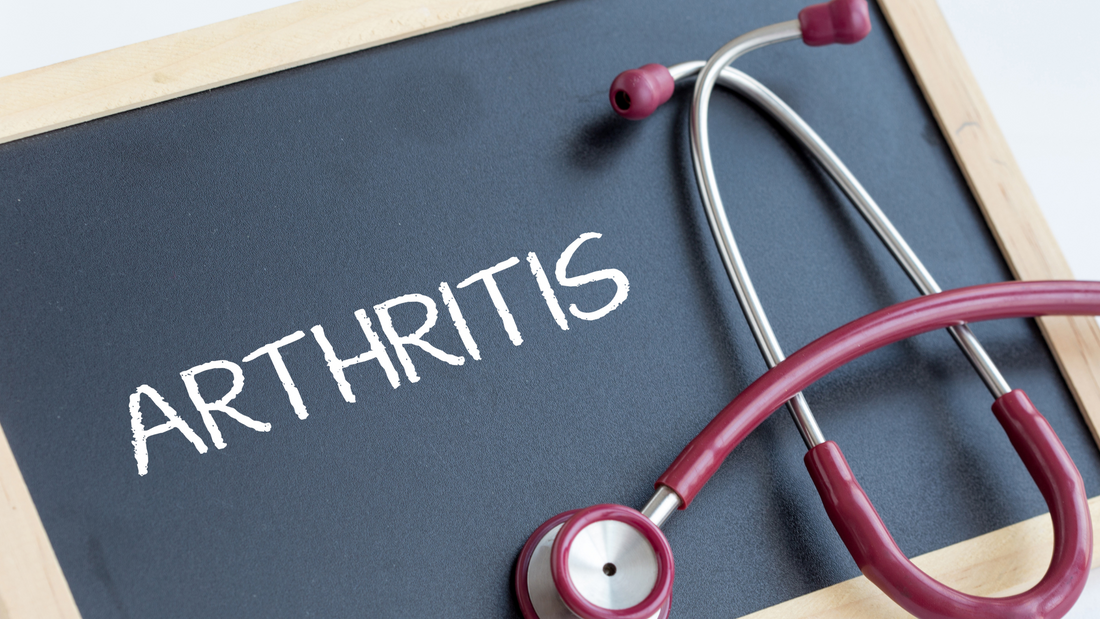Arthritis is a pervasive condition affecting millions worldwide, causing discomfort, pain, and reduced quality of life. Understanding how to manage arthritis symptoms effectively is crucial for enhancing mobility and maintaining a more active lifestyle. This guide explores various methods and treatments for arthritis pain relief while providing actionable advice for those struggling with this challenging condition.
Understanding Arthritis
Arthritis isn't a single disease; it's an umbrella term that refers to hundreds of different types of joint pain or disease. The most common types of arthritis are osteoarthritis and rheumatoid arthritis. Each type involves varying symptoms and severity, requiring tailored approaches to managing arthritis symptoms.
Osteoarthritis (OA)
Osteoarthritis is the most common form, generally affecting older individuals. It occurs when the protective cartilage at the ends of your bones wears down over time, leading to pain, swelling, and reduced range of motion.
Rheumatoid Arthritis (RA)
Rheumatoid arthritis is an autoimmune disorder where the body's immune system mistakenly attacks the joints, leading to inflammation, pain, and joint damage. Unlike osteoarthritis, rheumatoid arthritis can affect individuals of any age and is often accompanied by systemic symptoms like fatigue and fever.
Symptoms of Arthritis
While symptoms differ between arthritis types, common indicators include:
- Joint Pain
- Swelling
- Stiffness
- Decreased range of motion
- Redness around the joints
- Fatigue (particularly in rheumatoid arthritis)
Lifestyle Changes for Arthritis Pain Relief
Adopting a proactive approach is crucial in managing arthritis symptoms. Here are some lifestyle changes that can help alleviate pain and improve joint function:
Regular Exercise
Exercise is vital for maintaining joint function and overall health. Low-impact activities like swimming, walking, and cycling can improve flexibility, strength, and endurance while minimizing joint stress. Consult your doctor before starting any new exercise regimen.
Healthy Diet
Eating a balanced diet rich in anti-inflammatory foods can help manage arthritis symptoms. Incorporate plenty of fruits, vegetables, lean proteins, and healthy fats. Omega-3 fatty acids in fish like salmon and flaxseeds are particularly beneficial due to their anti-inflammatory properties.
Weight Management
Excess weight places additional strain on the joints, particularly those in the lower body. Maintaining a healthy weight through diet and exercise can reduce this pressure, helping to alleviate pain and improve mobility.
Adequate Sleep
Quality sleep is essential for overall health and can significantly impact arthritis symptoms. Aim for at least 7-9 hours of sleep per night to allow your body to repair and rejuvenate.
Medical Treatments for Arthritis
While lifestyle changes are foundational, medical treatments are crucial in arthritis pain relief. Here are some standard medical interventions:
Medications
- Nonsteroidal Anti-inflammatory Drugs (NSAIDs): These medications, like ibuprofen and naproxen, help reduce pain and inflammation.
- Corticosteroids: These drugs can control inflammation and slow joint damage. They can be administered orally or injected directly into the joint.
- Disease-modifying Antirheumatic Drugs (DMARDs): Particularly for RA, DMARDs can slow the progression of the disease.
- Biologics: These are a newer class of DMARDs that target specific parts of the immune system.

Physical Therapy
Physical therapists can create customized exercises designed to strengthen the muscles around the joints, improve range of motion, and reduce pain. They can also provide education on proper movement techniques to avoid additional strain.
Surgery
When nonsurgical treatments fail, surgical options such as joint replacement or joint fusion may be considered. These procedures can significantly improve pain and function but come with their own recovery timelines and risks.
Integrative and Complementary Approaches
Many individuals with arthritis find that complementary therapies provide additional pain relief for arthritis. Here are some popular options:
Acupuncture
This ancient Chinese practice involves inserting thin needles into specific points on the body. Acupuncture is believed to stimulate the body’s natural painkillers and has shown promise in reducing arthritis pain.
Chiropractic Care
Chiropractors perform spinal adjustments and other manual therapies to improve joint function and reduce pain. Chiropractic care may be particularly helpful for spine-related arthritis symptoms.
Massage Therapy
Regular massage can help reduce muscle tension, improve circulation, and enhance overall relaxation, which can contribute to pain relief.
Herbal and Nutritional Supplements
Certain supplements, like glucosamine, chondroitin, and turmeric, have shown the potential to reduce arthritis symptoms. Always consult a healthcare provider before starting any new supplement to ensure it's safe and effective for your condition.
Topical Treatments: Hempvana Arthritis Gel
Topical treatments offer a targeted approach to managing arthritis symptoms without systemic effects, which can be an appealing option for many. One such product is Hempvana Arthritis Gel.
About Hempvana Arthritis Gel
Hempvana Arthritis Gel is renowned for providing effective arthritis pain relief through topical application. This gel contains FDA-listed Menthol, a well-known analgesic that offers a cooling sensation, helping temporarily numb the pain.
Benefits of Hempvana Arthritis Gel
- Targeted Relief: By applying the gel directly to the affected area, users can experience localized pain relief without impacting the rest of the body.
- Quick Absorption: The gel formulation allows for rapid absorption, providing nearly immediate relief to sore joints.
- Hemp Seed Oil: Hempvana incorporates 100% cold-pressed hemp seed oil into the Arthritis Gel.
Hempvana Arthritis Gel represents an excellent option for those seeking an effective and convenient way to manage their arthritis symptoms and achieve pain relief for arthritis.
Developing a Holistic Management Plan
Effectively managing arthritis symptoms requires a multi-faceted approach. Here’s a step-by-step plan to help you develop a holistic management strategy:
Step 1: Educate Yourself
Understanding your specific type of arthritis and its progression is crucial. Educate yourself about the condition, potential triggers, and treatment options.
Step 2: Consult Healthcare Providers
Regular consultations with healthcare providers, including primary care physicians, rheumatologists, and physical therapists, can help you stay on track with your treatment plan and adjust it as needed.
Step 3: Set Realistic Goals
Setting achievable goals can provide motivation and a sense of accomplishment. Whether increasing your walking distance or reducing medication use, having clear, attainable objectives can keep you focused and proactive.
Step 4: Track Symptoms
Keeping a daily journal to track your symptoms, activities, and dietary habits can help identify patterns and triggers associated with your arthritis pain. This information can be invaluable during consultations with healthcare providers.
Step 5: Build a Support Network
Family, friends, and a support network can offer emotional and practical support. Sharing experiences and coping strategies with others facing similar challenges can be incredibly beneficial.
Final Thoughts
Arthritis is a complex condition that requires a comprehensive approach to managing symptoms effectively. From lifestyle changes and medical treatments to integrative therapies and topical treatments like Hempvana Arthritis Gel, various strategies are available that can provide significant arthritis pain relief.
By adopting a holistic and proactive approach, you can take control of your condition, improve your quality of life, and enjoy greater mobility and comfort. Always consult with healthcare professionals before starting any new treatment or altering your current regimen.










